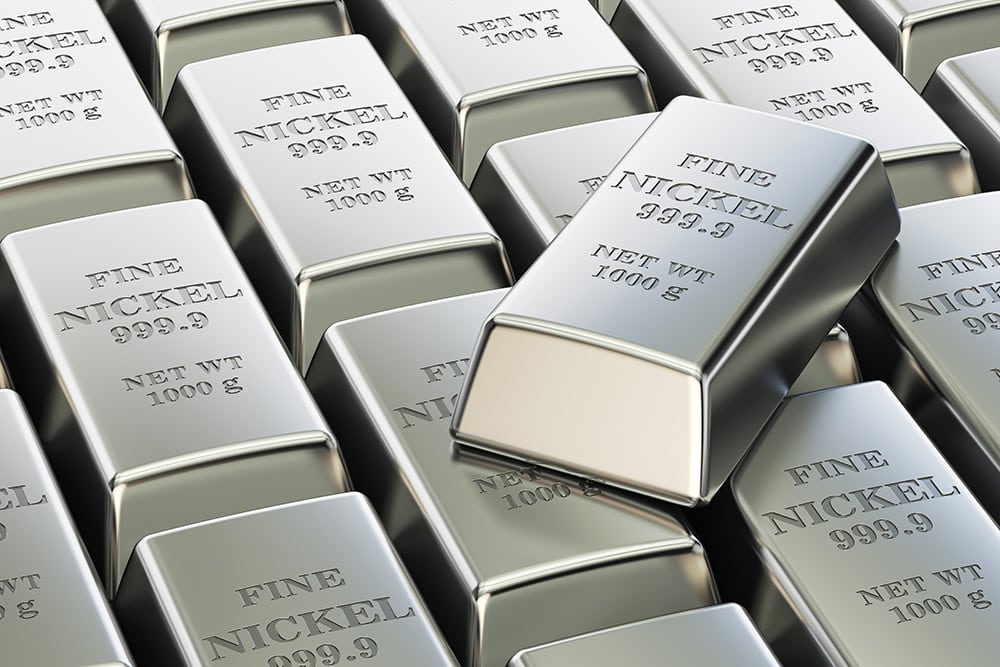Historical Price Trends for Industrial Metals Over the Past Decade

Over the last ten years, industrial metal prices have gone on a wild ride, rising, falling and rising again, thanks to everything from global economic swings to supply chain hiccups and geopolitical drama. If you’re in manufacturing, investing, or policy, keeping tabs on these price trends isn’t just helpful, it’s essential.
Steel Historical Price Trends
Steel is the backbone of construction and manufacturing, so it’s no surprise that its price moves with global demand, production capacity and trade decisions. Back in May 2021, prices hit a record high of 6,198 Yuan per metric ton.

Fast forward to 2025, and prices have dipped about 4.56% since January. This is a clear sign that the market is reacting to current economic realities, and will continue to do so for the foreseeable future.
Make faster, smarter purchasing decisions with indispensable updates on price trends when you sign up for MetalMiner’s weekly newsletter.
Copper Trends
If you’ve ever flipped a light switch or charged your phone, you’ve used copper. This industrial metal’s unbeatable conductivity makes it a go-to in electrical work and building projects. As of February 2025, U.S. copper futures had skyrocketed 28% since the start of the year.

The main culprit? Talk of new tariffs, which sent buyers scrambling to secure as much material as possible. That jump serves to show just how sensitive copper is to policy changes and trade tensions.
Historic Nickel Trends
Nickel has had quite the ride over the past decade. Back in early 2015, it traded at around $14,000 per metric ton. However, as demand softened and supply outpaced expectations, prices slid, bottoming out at nearly $8,500 by 2016. But things didn’t stay down for long. By mid-2018, nickel began to climb again, hitting roughly $13,000 per ton as industrial demand picked up.
Two years later came the COVID-19 pandemic, which briefly knocked prices off course. Then, in 2021, the market surged with the historic LME “Nickel Squeeze,” where prices shot past $20,000 per ton.

More recently, the trend has reversed. Indonesia ramped up supply and EV demand cooled slightly, which helped pull prices back down. By early 2025, nickel was hovering around $15,000 per ton. These ups and downs demonstrate just how tied nickel is to the push and pull created by tech innovation, supply growth and global demand shifts.
Facing challenges tracking metal price movements? Access monthly price trends for 10 different metal industries by signing up for MetalMiner’s Monthly Metals Index Report, ensuring you’re always ahead of the game with your sourcing strategy.
Final Thoughts
If this past decade has taught us anything, it’s that industrial metal markets don’t sit still for long. Between shifting economies, global conflicts, environmental pressures and evolving tech, these metals serve as a real-time pulse check on the world’s industrial health. For anyone making decisions in these markets, staying informed (and flexible) isn’t optional—it’s the only way to keep ahead of the curve.
